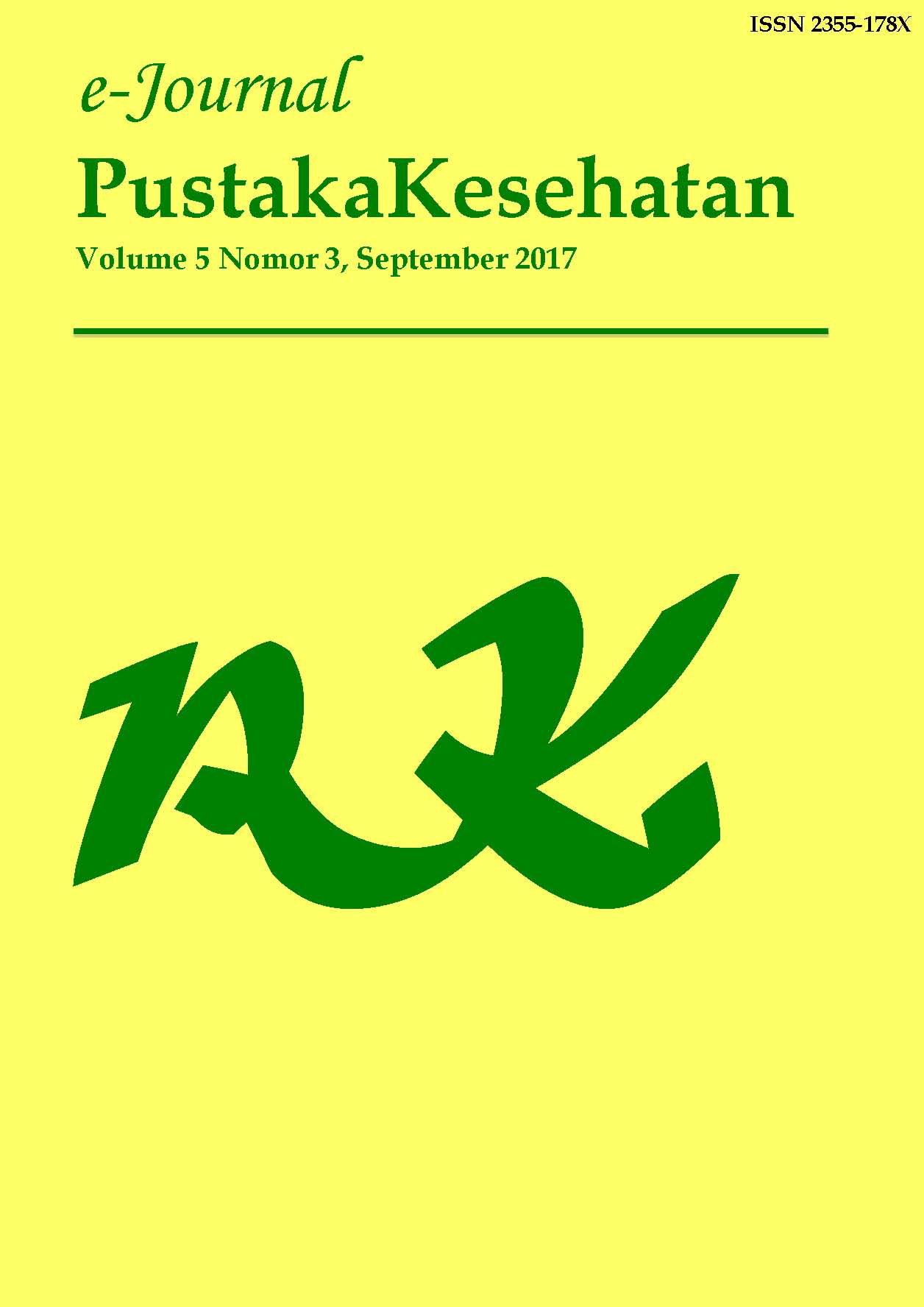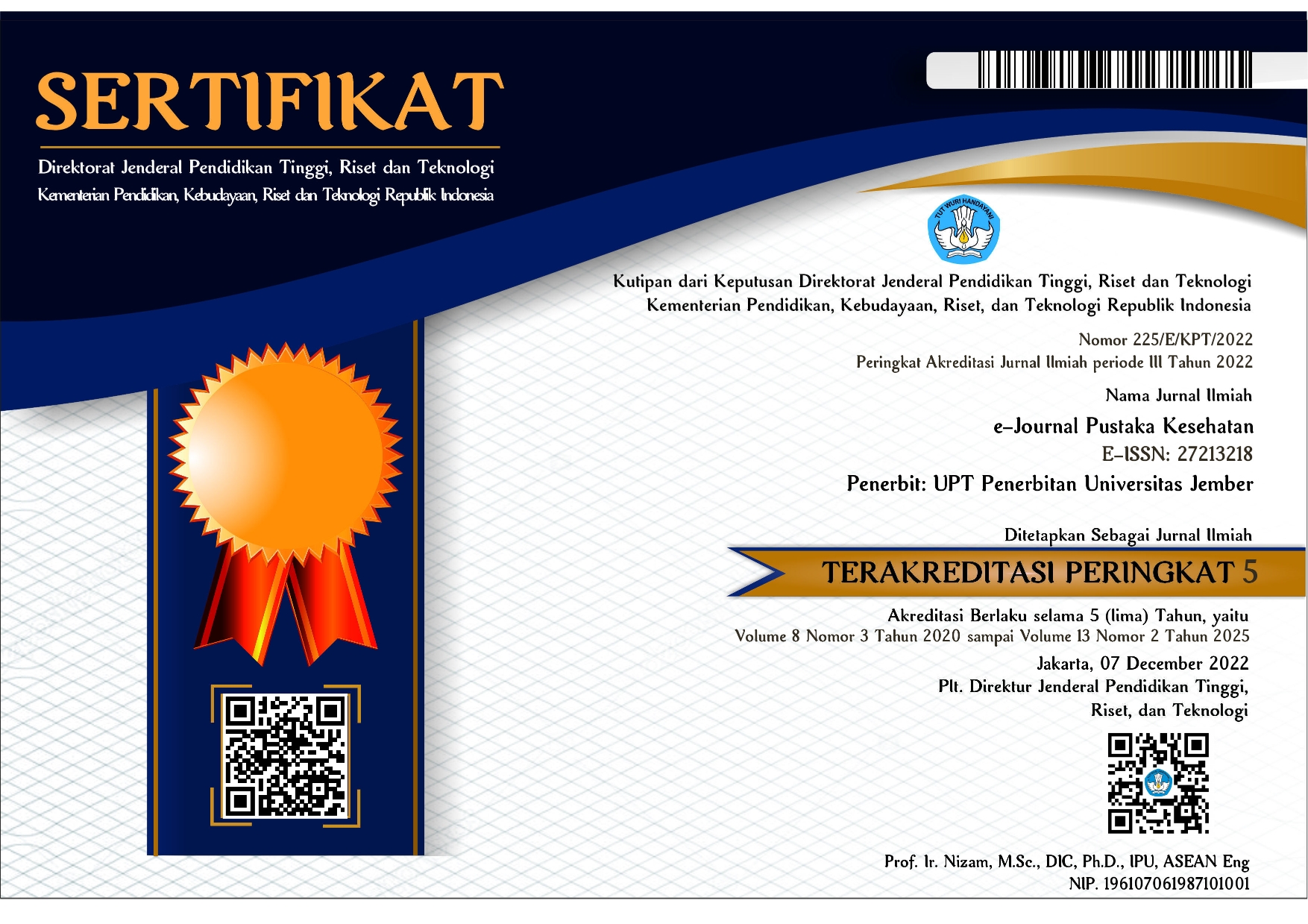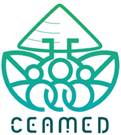Uji Kedalaman Porositas Permukaan Bahan Pit dan Fissure Sealant Berbasis Resin Komposit dan Ionomer Kaca Setelah Direndam Saliva Buatan pH 5,5 (Depth Porosity Test of Surface Materials Pit and Fissure Sealant Based Resin Composite and Glass Ionomer After
Abstract
Background. Salivary pH between 5.6 to 7.0 in a normal state. pH below 5.5 included in environments susceptible to caries. Concentration of H+ ions which will outline the high Ca-P bond and will liberate ions into the surrounding environment. So that the material of fissure sealant will lose inorganic mineral constituent and formed on the surface porosity materials. If the sealant surface rough for their porosity can be a retention of plaque and calculus that may cause caries. Other than that, more porosity will affect the compression strength of the material used for fillings when chewing. Purpose. This research purposed to determine the depth of surface porosity difference between pit and fissure sealant materials based resin with glass ionomer after artificial saliva soaked with a pH of 5.5. Method. This research was a laboratory experimental research design with the post test only control group design. The total number of samples required were 16 samples. The tool used a Scanning Electron Microscope (SEM) with units of measurements µ m. Results. The average depth of the material surface porosity pit and fissure sealant resin-based composite of 2.805 μm, while the glass ionomer amounted to 1.912 μm. The surface material pit and fissure sealant resin composite-based artificial saliva soaked with a pH of 5.5 for 24 hours had a depth porosity greater than the surface material pit and fissure sealant glass ionomer-based.
Keywords: Depth porosity, glass ionomer, pH 5,5, pit and fissure sealant, resin composite.
Downloads
Downloads
Published
Issue
Section
License
e-Journal Pustaka Kesehatan has CC-BY-SA or an equivalent license as the optimal license for the publication, distribution, use, and reuse of scholarly work. Authors who publish with this journal retain copyright and grant the journal right of first publication with the work simultaneously licensed under a Creative Commons Attribution-ShareAlike 4.0 International License that allows others to share the work with an acknowledgment of the work's authorship and initial publication in this journal.







